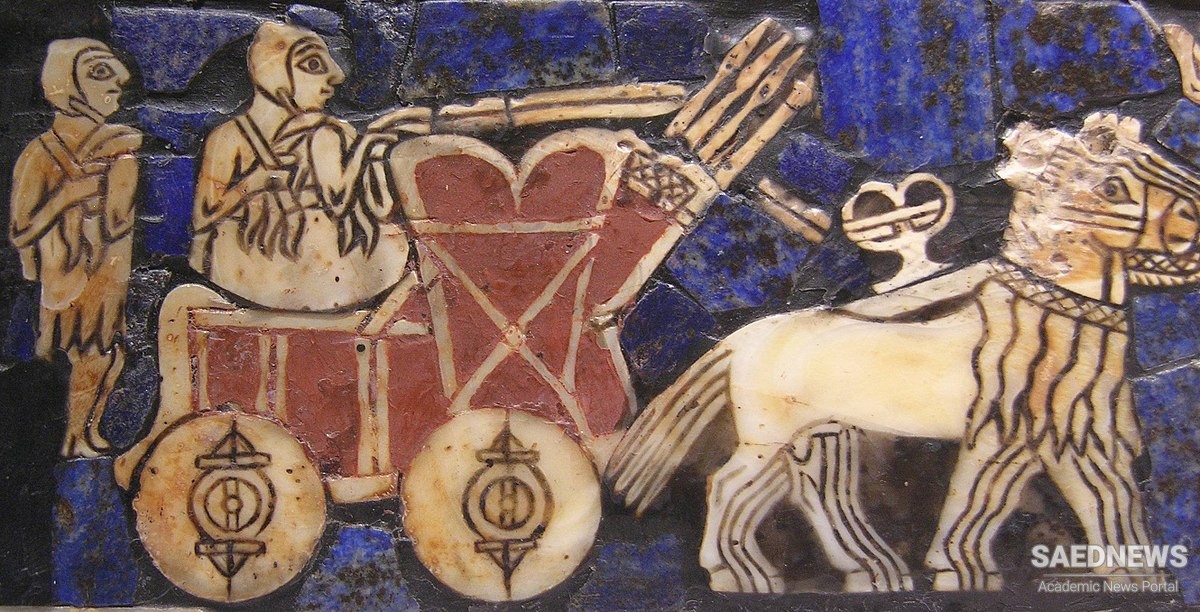The Book of Genesis in the Bible describes the third day of the Creation in these words:
God said, “Let the water below the sky be gathered into one area, that the dry land may appear.” And it was so. God called the dry land Earth, and the gathering of waters He called Seas. And God saw that this was good. And God said, “Let the earth sprout vegetation: seed-bearing plants, fruit trees of every kind on earth that bear fruit with the seed in it.” And it was so. The earth brought forth vegetation: seed-bearing plants of every kind, and trees of every kind bearing fruit with the seed in it. And God saw that this was good.
We now know how this happened. Six thousand years ago, a people called Sumerians began separating land from water and planting crops in the newly reclaimed wetlands rather than relying on rainwater as Neolithic farmers had done. In doing so, they created the first civilization.
The word civilization, as historians and anthropologists use it, refers to large-scale societies whose members contribute taxes, labor, or tribute to the state and pay homage to their leaders. Such societies were radically different from Neolithic villages or foraging bands, whose members knew each other and were related by blood or marriage. Not only did civilizations include far more people, but they also built monuments and cities, invented writing, mathematics, and calendars, and created elaborate religions, literatures, philosophies, and other forms of culture. Some civilizations eventually collapsed or were conquered by outsiders, but others survived for millennia. In later centuries, people often looked back nostalgically to a “Golden Age” or a “Garden of Eden” before they became civilized. But once they had crossed the line, they could never return.
Unlike Neolithic villages where everyone helped provide food, in larger societies, some people performed tasks other than farming or herding. A few were full-time religious, political, or military leaders. Some were warriors, artisans, and merchants. And others were servants to the elites or upper classes. To feed them, the farmers, herdsmen, and fishermen had to produce more food than they themselves consumed. The key to the transformation from Neolithic villages to civilizations, therefore, was the methods used to produce a surplus of food to feed those who did not farm. New and more productive farming practices went hand in hand with a radically new organization of society.


 Food Customs in Iran: Interaction via Eating and Cooking
Food Customs in Iran: Interaction via Eating and Cooking














































